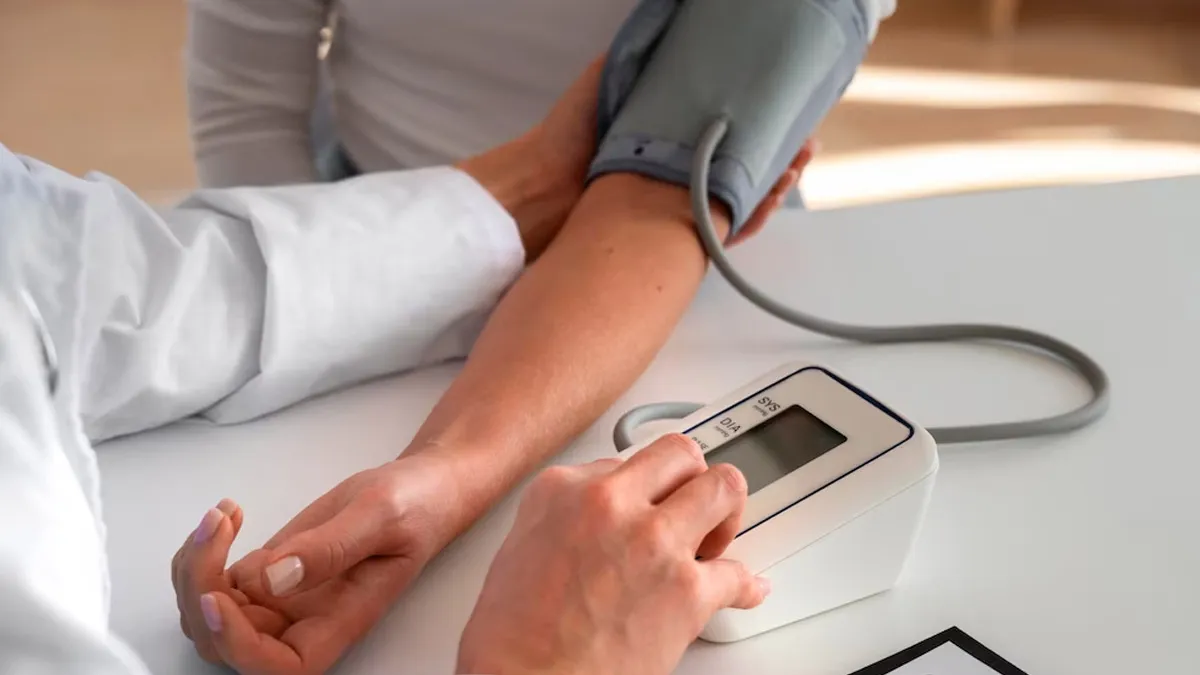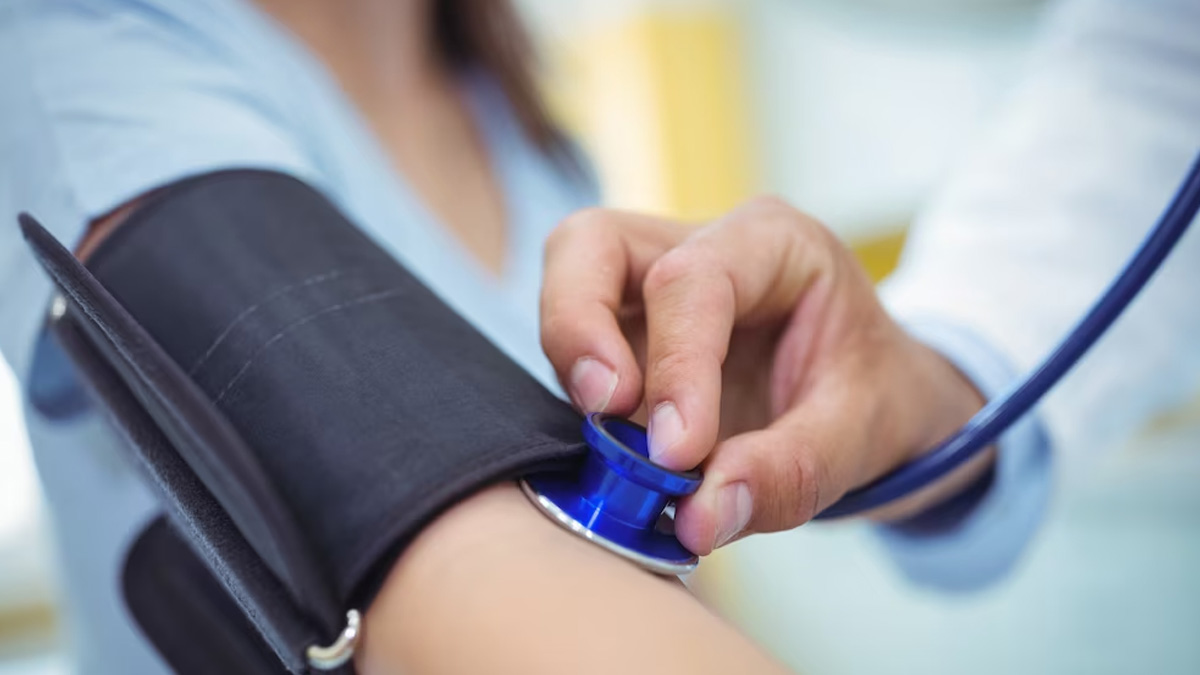
Hypertension or high blood pressure often takes center stage in health discussions, but its lesser-known counterpart, hypotension also known as low blood pressure, can also be a cause for concern. While not always indicative of a serious problem, persistent low blood pressure can lead to symptoms like dizziness, lightheadedness, and fatigue, impacting daily life.
Table of Content:-
To shed light on this topic and provide actionable dietary advice, we spoke with Dr Shrey Kumar Srivastav, General Physician and Senior Consultant at Sharda Hospital, Noida. Dr Srivastav shares his expertise on how certain foods can help manage and alleviate the symptoms of low blood pressure. Here is what he shared with us.
7 Things To Eat When Your BP is Low!
“Feeling dizzy or lightheaded more often than not? You might be experiencing low blood pressure, a condition that, while sometimes benign, can significantly affect your well-being. While medical consultation is crucial for proper diagnosis and treatment, certain dietary adjustments can play a supportive role in managing symptoms,” Dr Srivastav explained. Here are 7 foods to incorporate into your diet when your blood pressure is low:
1. Salty Foods
"One of the simplest and most immediate ways to help raise blood pressure is through moderate intake of salty foods," says Dr Srivastav. Sodium helps increase blood volume, which in turn can elevate blood pressure.
Examples: Pickles, olives, cheese, salted nuts (in moderation), and broths.
Caution: While beneficial for low BP, excessive salt intake can be detrimental to overall health, especially if you have other underlying conditions. Always consult your doctor for personalised advice.
Also Read: Are You A Nervous Flyer? Here's How To Reduce Flight Anxiety

2. Caffeinated Beverages
According to Dr Srivastav, a cup of coffee or tea can provide a quick boost. "Caffeine is a natural stimulant that temporarily increases heart rate and constricts blood vessels, leading to a rise in blood pressure," he explains.
Examples: Coffee, black tea, green tea.
Caution: Don't overdo it, as excessive caffeine can lead to anxiety, palpitations, and sleep disturbances.
3. Plenty of Fluids
Dehydration is a common culprit behind low blood pressure. "Staying well-hydrated is paramount," stresses Dr Srivastav. "When you're dehydrated, your blood volume decreases, directly impacting blood pressure."
Examples: Water, coconut water, electrolyte-rich drinks, fresh fruit juices.
Tip: Carry a water bottle with you and sip throughout the day.
4. Vitamin B12 Rich Foods
Vitamin B12 plays a crucial role in red blood cell production. A deficiency can lead to anemia, which can contribute to low blood pressure. "Ensuring adequate B12 intake is vital for maintaining healthy blood pressure levels," says Dr Srivastav.
Examples: Lean meats, eggs, dairy products, fortified cereals.
For Vegetarians/Vegans: Consider fortified plant-based milk or discuss supplementation with your doctor.

5. Folate-Rich Foods
Similar to Vitamin B12, folate (Vitamin B9) is essential for red blood cell formation. Dr Srivastav notes, "A deficiency in folate can also contribute to anemia and consequently, low blood pressure."
Examples: Leafy green vegetables (spinach, kale), legumes (lentils, chickpeas), asparagus, broccoli.
6. Small, Frequent Meals
Eating large meals can sometimes divert blood flow to the digestive system, leading to a temporary drop in blood pressure. "Opt for smaller, more frequent meals throughout the day," advises Dr Srivastav. "This helps maintain stable blood sugar levels and prevents sudden drops in blood pressure."
Examples: Instead of three large meals, try 5-6 smaller meals.
7. Foods Rich in Iron
Iron is a key component of hemoglobin, the protein in red blood cells that carries oxygen. Iron deficiency can lead to anemia, a common cause of low blood pressure symptoms. "Including iron-rich foods in your diet is crucial for preventing and managing low blood pressure," states Dr Srivastav.
Examples: Red meat, poultry, fish, beans, lentils, spinach, fortified cereals.
Tip: Consume Vitamin C-rich foods (like citrus fruits or bell peppers) alongside iron-rich foods to enhance iron absorption.
"While these dietary recommendations can be very helpful, they are not a substitute for professional medical advice. If you frequently experience symptoms of low blood pressure, it's essential to consult a doctor to determine the underlying cause and receive appropriate treatment."
By incorporating these expert-backed dietary tips into your routine, you can take proactive steps to manage low blood pressure and improve your overall health and well-being. Remember, a healthy lifestyle, coupled with professional guidance, is the key to living a vibrant life.
Also watch this video
How we keep this article up to date:
We work with experts and keep a close eye on the latest in health and wellness. Whenever there is a new research or helpful information, we update our articles with accurate and useful advice.
Current Version